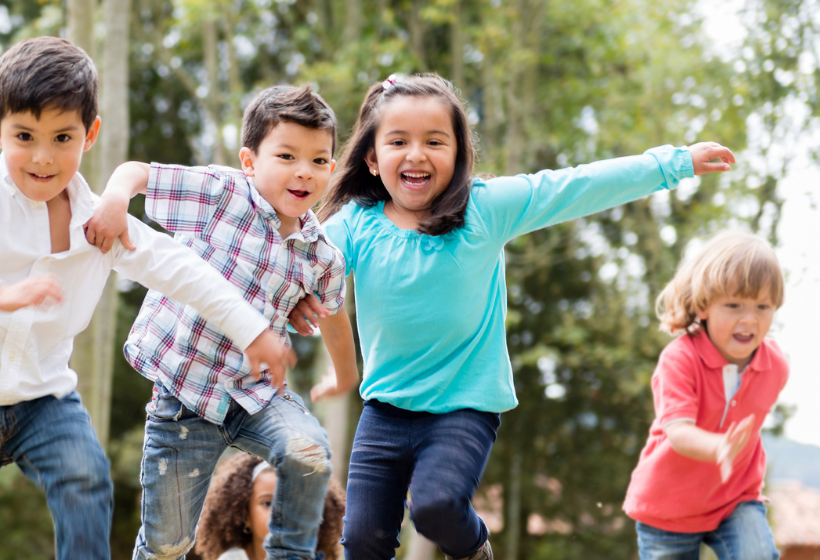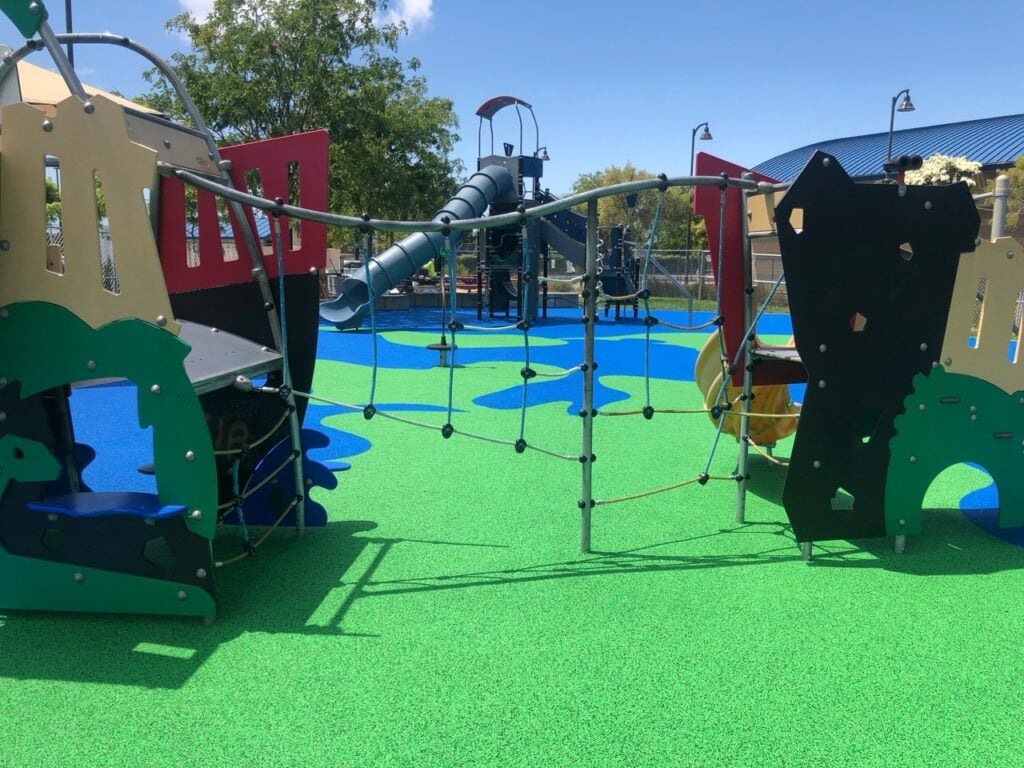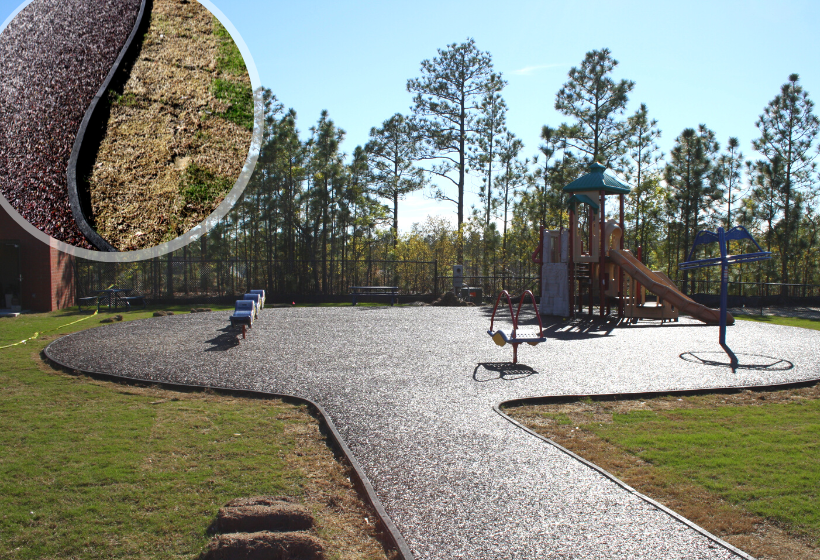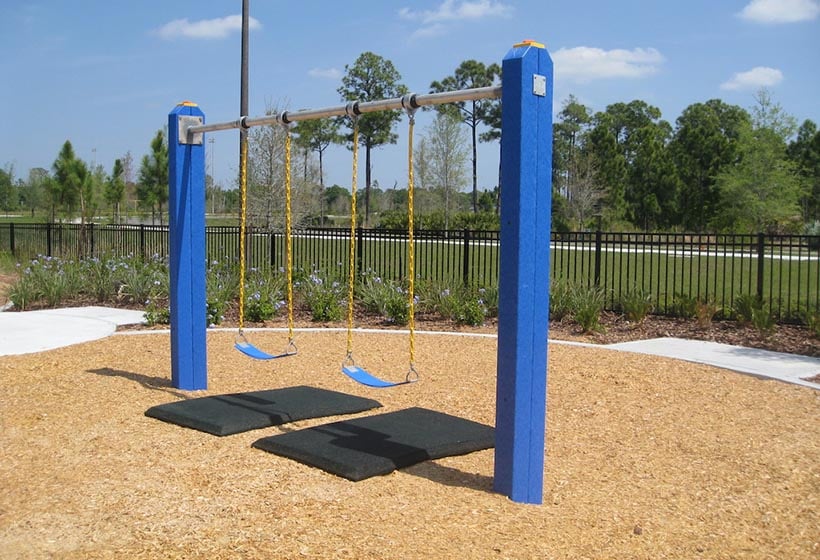For the modern-day kid, play looks different than it did 10-20 years ago. With technology becoming essential for our everyday lives, screen time has inevitably increased in households. While some families try to limit time with technology, others have fully embraced it. Unfortunately, more screen time can mean less physical activity for kids — which is becoming a global concern.
With the increase in sedentary lifestyles and jobs and the advent of video games for children, it is becoming increasingly more difficult to get children off the couch and out doing something good for their health. Encouraging physical activity in kids helps set a precedent and introduces them to new things at a young age. It also offers key benefits that children need but may not get outside of school.
Since children spend most of their time in a week at school, sometimes it is the only chance they have to be active. By integrating and developing physical activities in school and at home, we are helping children build healthy habits, learn how to work well with others, teach them how to manage stress, increase their learning potential, develop necessary skills, and improve their self-esteem. There are six big reasons why physical activity is important for school-age children, which are detailed in the remaining portion of this article.
Physical Activity can Boost Overall Health and Fitness in Kids
Kids need to be physically active. In fact, it is recommended that children and adolescents between ages 6 and 17 years old get about 60 minutes of moderate-to-vigorous physical activity a day. The CDC recommends that youth get three types of physical activity a week: aerobic activity, muscle-strengthening activity and bone-strengthening activity. Getting kids physically active in school —whether it’s in P.E. class or on the playground — can also encourage them to want to be physically active at home.
Here are a few ways in which kids can get moving at school.
Recess
One of the best ways to ensure young children fit in the right amount of physical activity is by getting them outside and on the playground. Research has shown that free play is crucial for a child’s emotional and social development. The different types of activities on the playground are also beneficial for a child’s physical development.
Physical development doesn’t look the same for children of different ages and abilities. Younger children don’t need to build bone and muscle strength the same way adolescents might with lifting weights or playing sports. The playground offers ways for younger kids to strengthen their muscles organically by climbing on a jungle gym.
For the safety of the children, it is always good to make sure play areas used for recess have properly maintained playground surfacing that meets fall height requirements.
Gym Class
While physical education class is very important for making sure kids are active, it is also a time to be sensitive to kids who are new or wary about physical activity. Education is a keyword in a structured P.E. class, because it is just as much about teaching as it is about getting kids to be physically active. One bad gym class could discourage a child from pursuing physical activity in the future, so it’s important to make this a time that is educational, enjoyable as well as active.
Youth Sports
For children and adolescents who have expressed interest in playing a sport, this is an excellent way for them to get them moving. Every sport has its own unique physical benefits, but overall, playing a sport improves a child’s fitness, enhances muscle strength, cardiovascular health, endurance, and flexibility. Allowing children to exercise where they are surrounded by peers in a safe environment, is essential to physical development as well as building healthy habits for the future.
More Physical Activity can Decrease Stress Levels
Physical activity is proven to reduce stress in individuals of all ages. By including physical fitness during school hours, it gives children an opportunity to escape the stress of long hours of sitting at desks. It also shows kids how to work through stressful situations and allows them to handle their day in a more relaxed state. Again, physical fitness in schools is about promoting healthy habits. By including and developing physical activities in a child’s daily life, children are able to integrate healthy physical habits that directly correlate with their mental health as well.
Physically Active Kids May Perform Better Academically
Physical activity has also been proven to help the cognitive ability in children of all ages. For children, especially at school-age children, this cognitive function is essential. When children are exercising, there is increased oxygen flow to the brain and an increase in neurotransmitters. Due to the increased oxygen flow and neurotransmitters, brain-centered neurotrophins develop. Neurotrophins are a protein that contributes to the survival, development, and function of neurons. This means that the neurons dedicated to memory and learning have a better chance of retaining new information. Physical activity can and does improve cognitive ability, therefore if children are to succeed scholastically, they must be given the opportunity to exercise.
Physical Activity Helps Kids Foster Relationships
Physical activity is also key when it comes to peer relationships. Children must learn to work together as peers to complete a common goal. A physical education class, whether it be in the form of games or team activities, can help children leverage each other's strengths. It can also help children better communicate and work together to compete with other children. Not only does it help with peer relationships within a team, but it also helps them learn how to compete with others in a controlled and educational environment.
Socialization is key to a child’s development and understanding of how to interact with the people around them. Socialization also plays a big part in enjoying an activity. Children are much more likely to have fun while playing with their peers. By making exercise fun, children are building healthy habits to take into their adult lives.
School-Age Kids Build New Skills During Physical Activity
Not only does physical fitness in children increase muscle strength, cardiovascular health, endurance, and flexibility, it also helps them develop skills that are essential for a well-adjusted adult. Playing games that involve working with others builds social skills and increases communication skills, while other games that involve more coordination like basketball, pickleball, or other fun games help children develop hand-eye coordination and key motor skills like balance, agility, coordination, and speed.
While these may seem pretty superfluous outside of athletics, these things are key in everyday life. Learning to properly balance while running and having proper hand-eye coordination helps prevent injury and instills physical confidence in children. The better your motor skills, the more likely a child is to continue exercising outside of school. If a child has fun doing something and is adept enough to avoid injury, this helps build healthy habits and show children that exercising can be fun and can be done in their free time.
Regular Exercise in Kids Boosts Confidence
Self-esteem is essential in everyday life for children and adults. It gives everyone the confidence to take chances and try new things. This opportunity to build this during school hours, surrounded by peers is exactly why we need physical education in our schools. Not only does physical activity help lower stress and improve mood, but it also directly contributes to the child’s self-esteem.
Kids who practice sports or a certain activity over time can truly start to master it. This makes children proud of what they are learning because they can see the results of their efforts quickly. This builds confidence, independence, and gives them more control. Having high esteem at an early age is going to heighten how a child sees themselves in the future.
How Playground Surfaces Play A Role in Physical Fitness
Health and fitness are so important for child development but ensuring that it is done in a safe and controlled environment is just as important. For kids playing on playgrounds or other play areas, it’s crucial to ensure that the playground surfaces are safe and meet the requirements of fall height standards.
At Rubber Designs, we offer many different types of playground surfaces for any type of playground project. Get a quote from us today.




